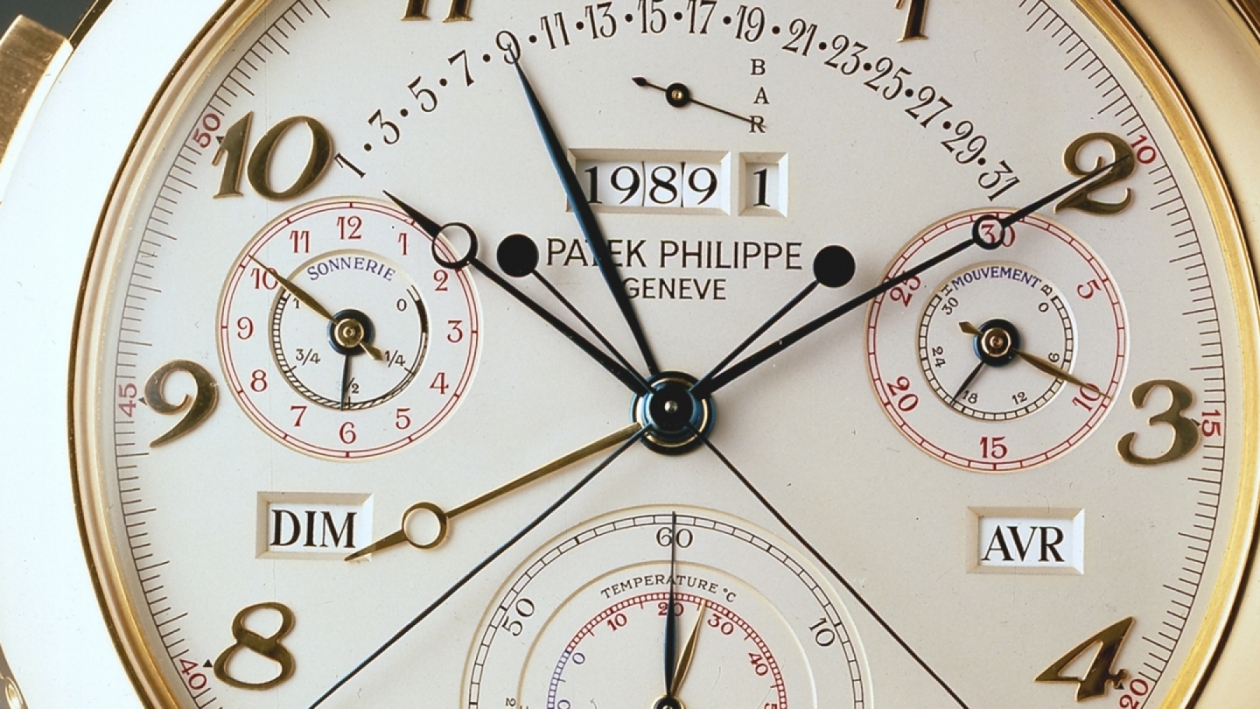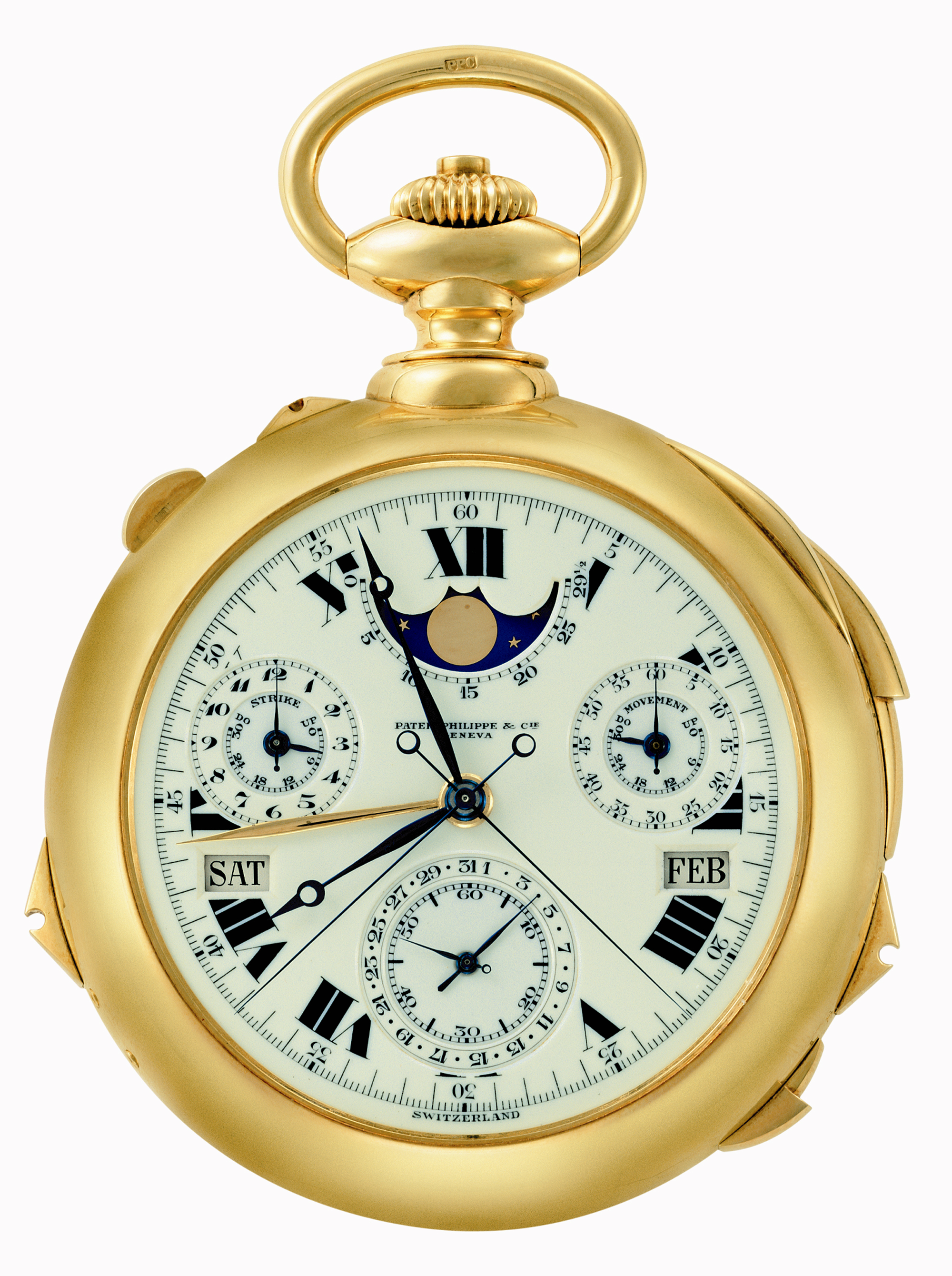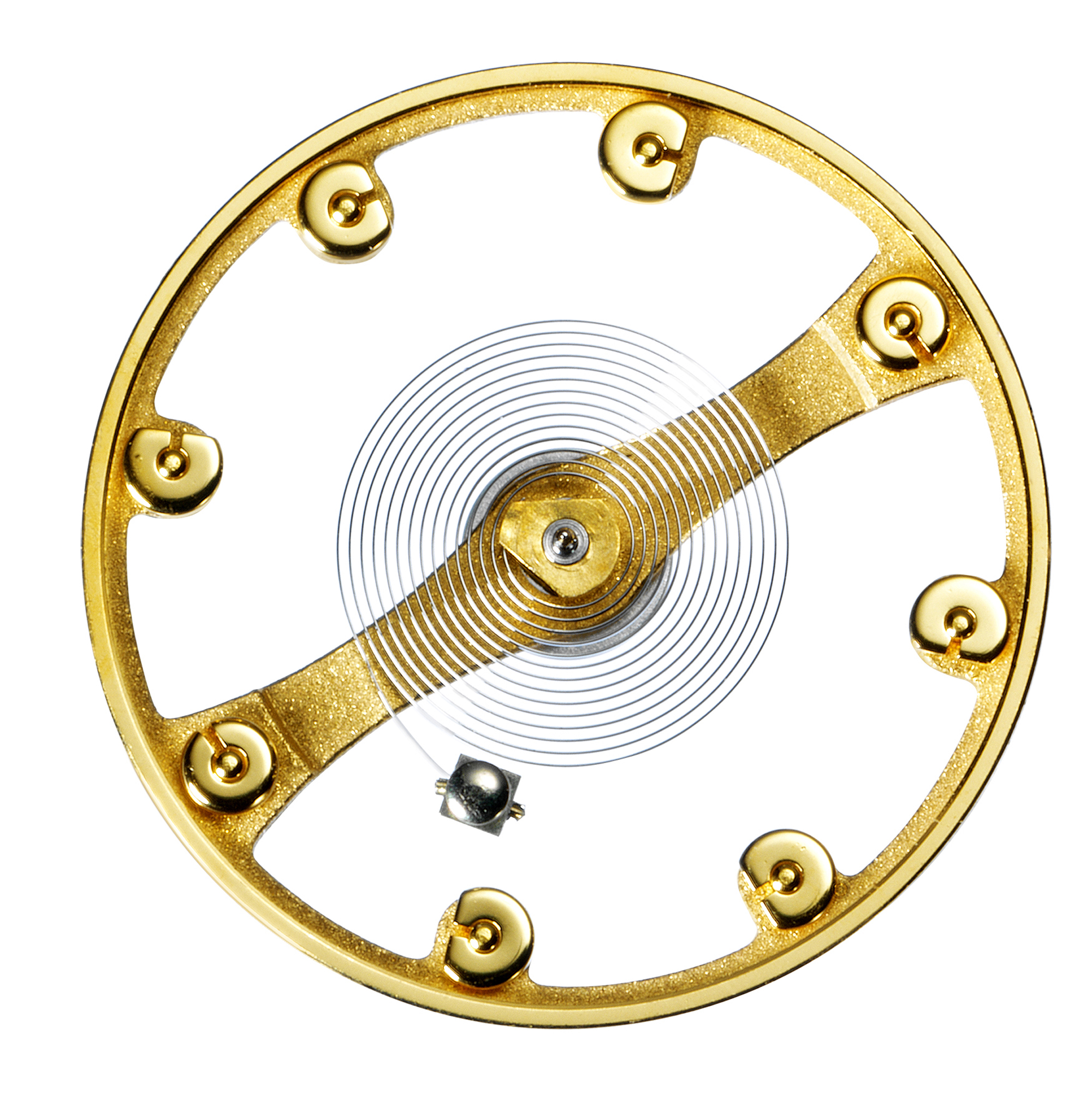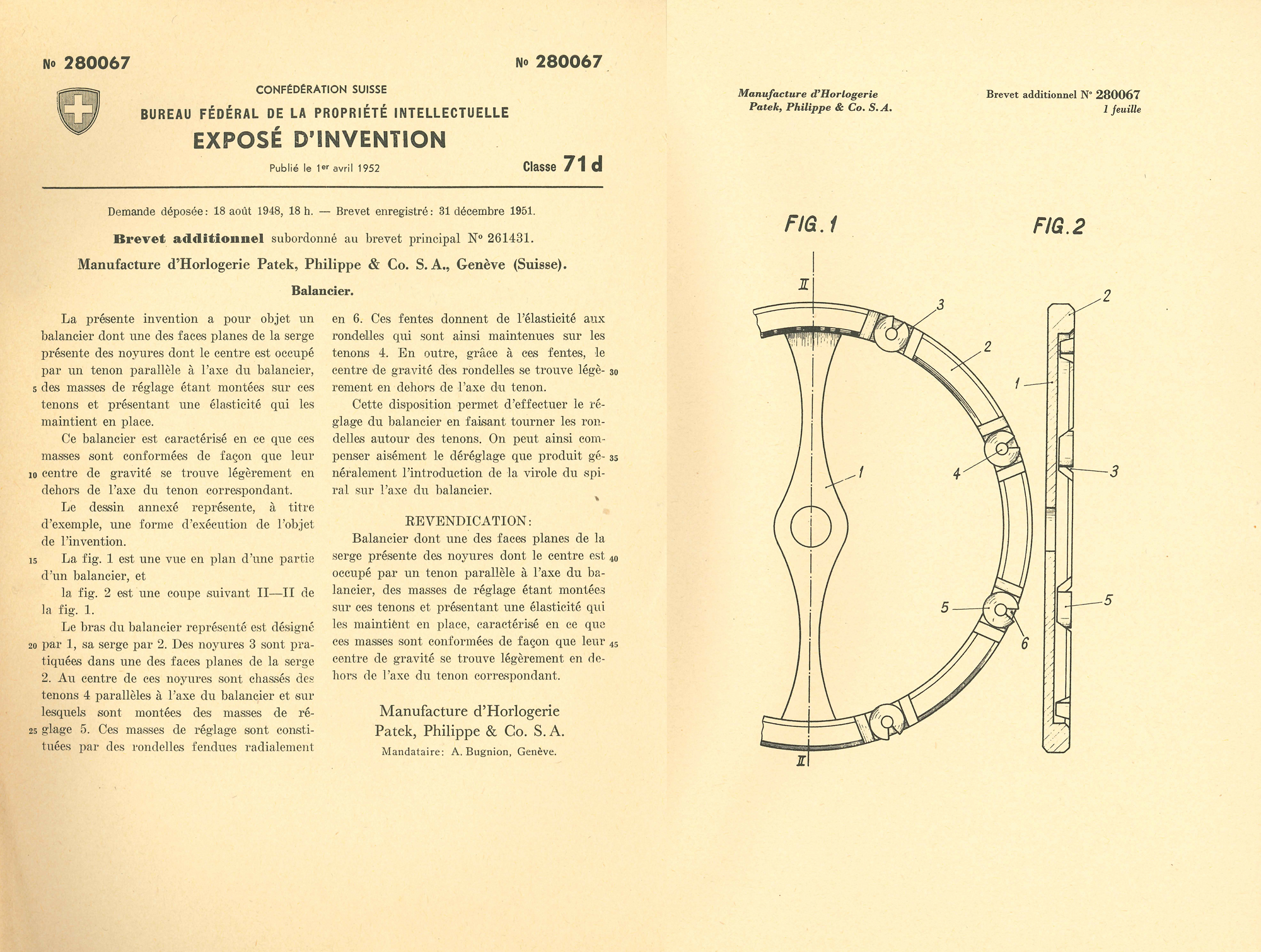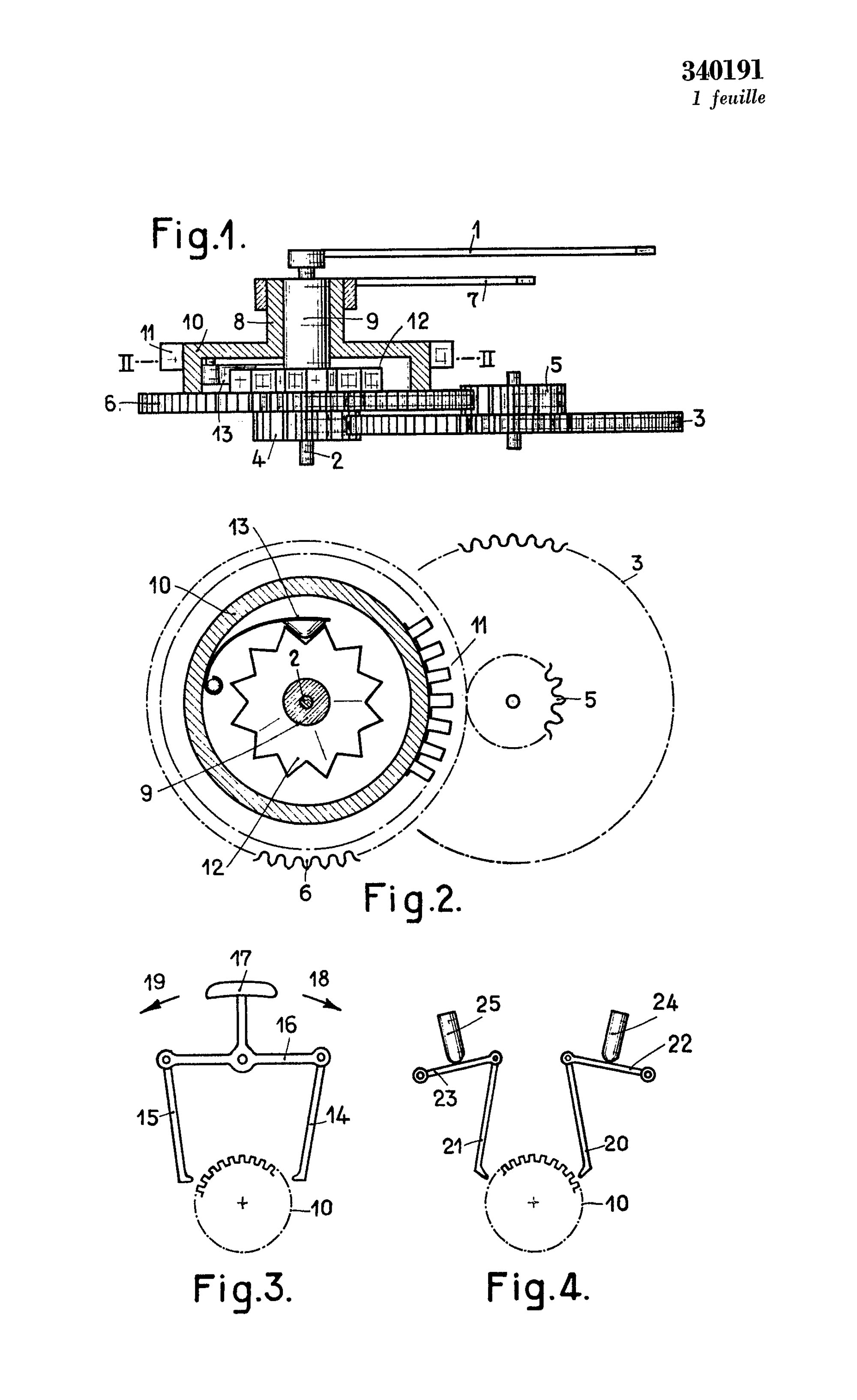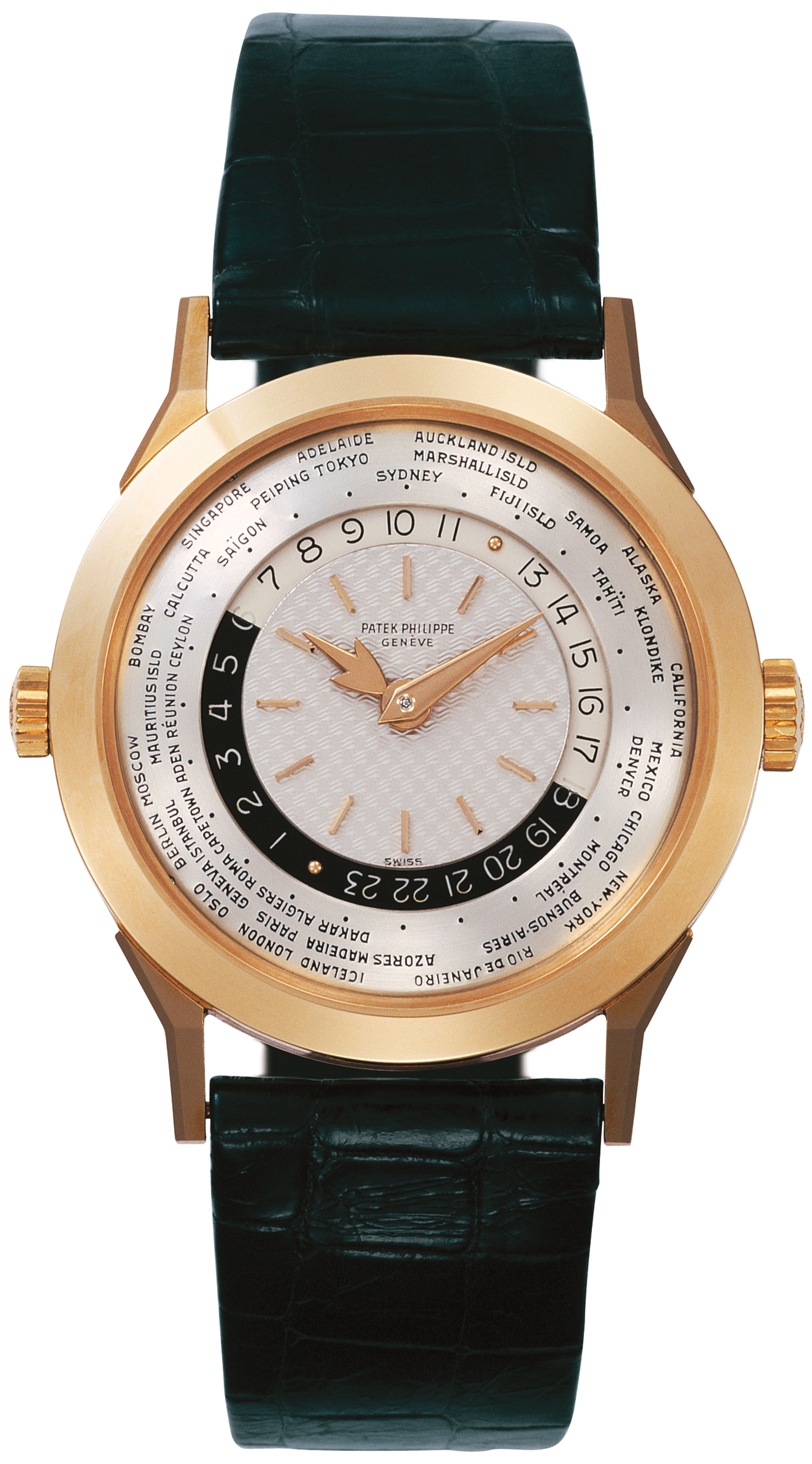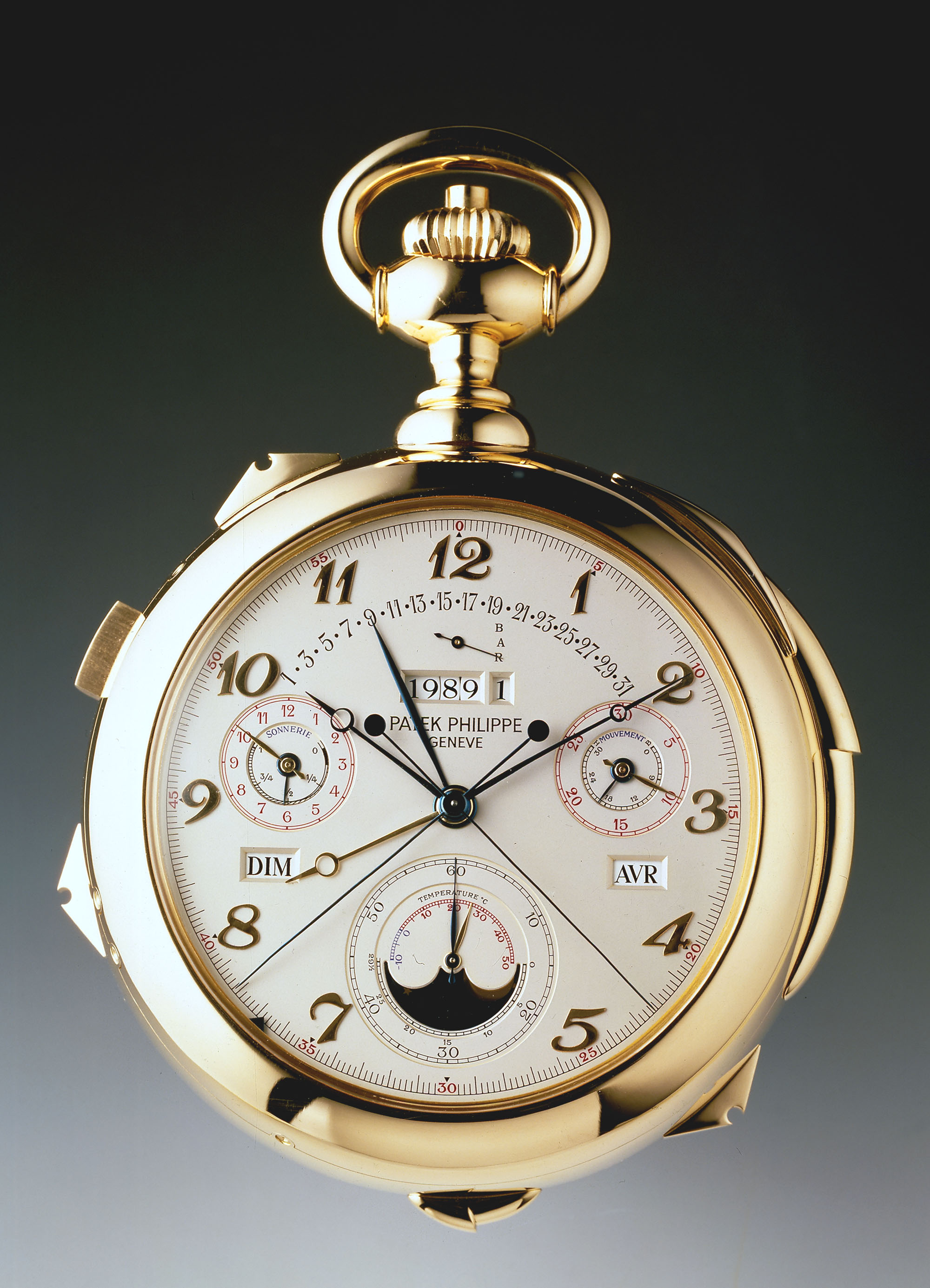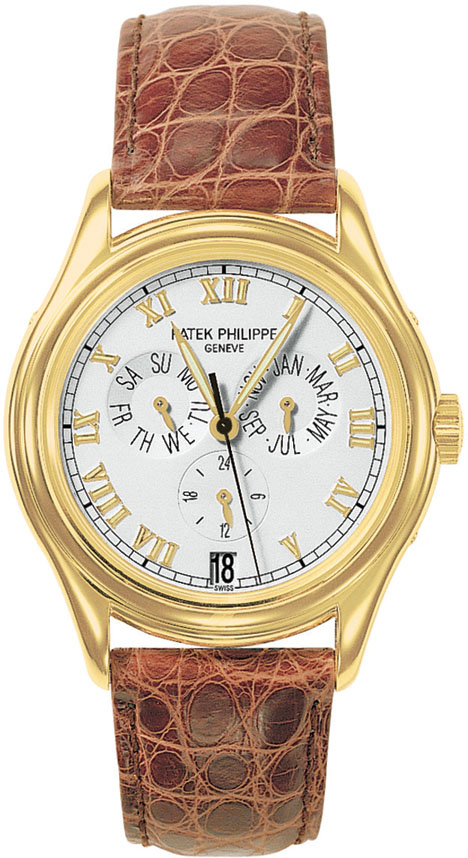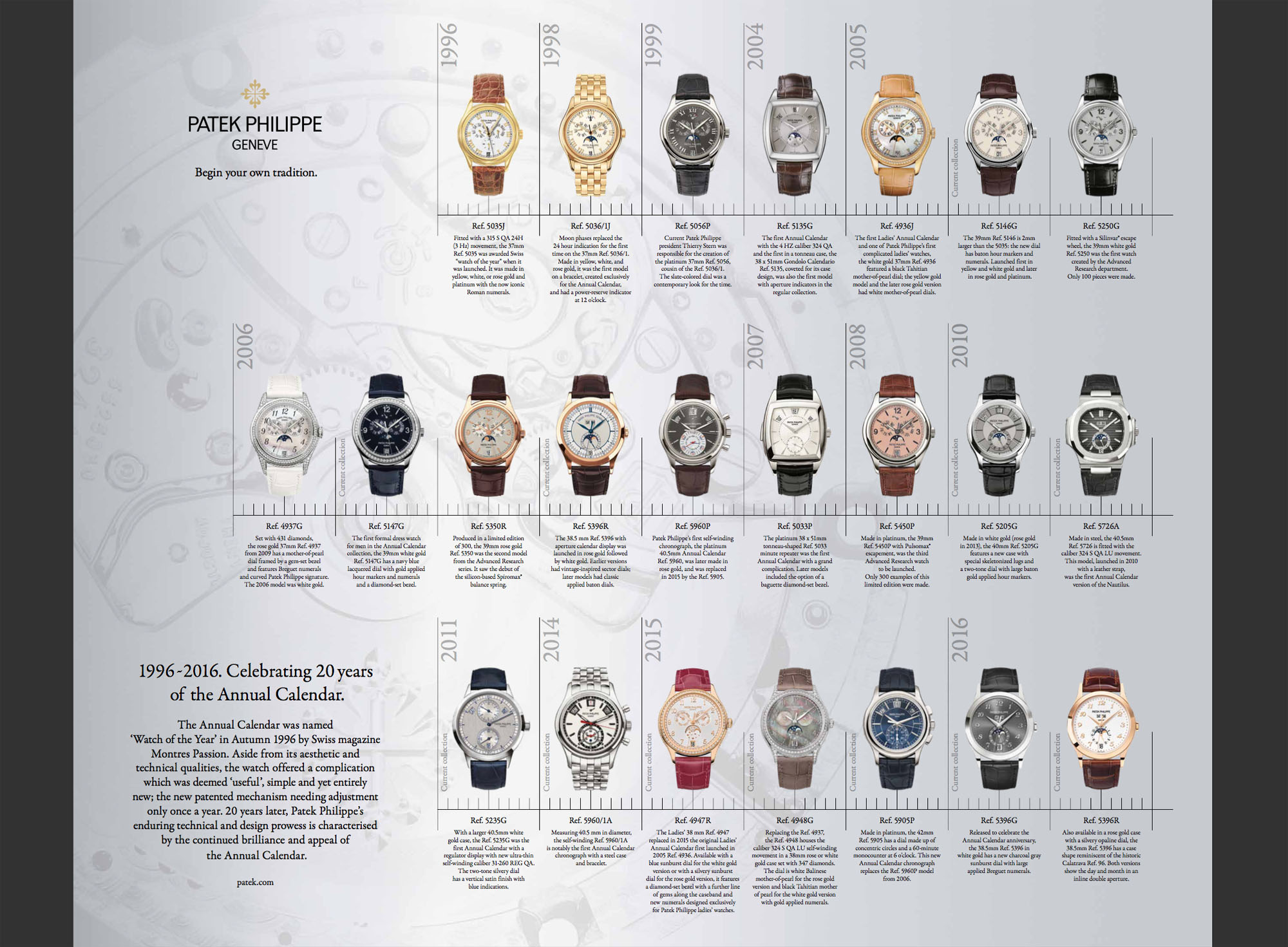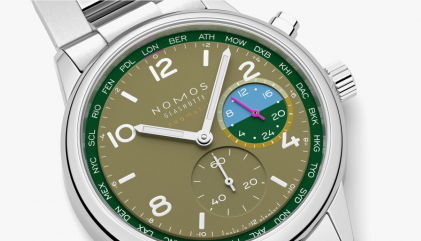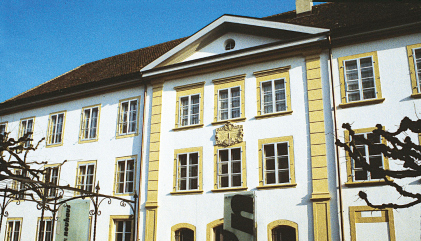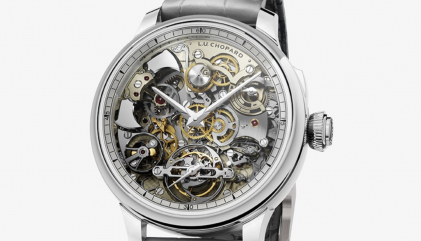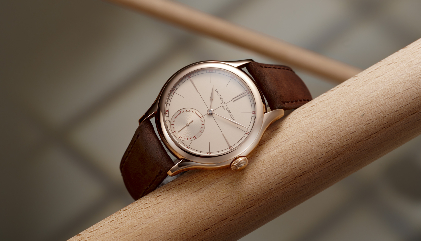“You never actually own a Patek Philippe...You merely look after it for the next generation.” was the tagline of the now 24 year old advertising campaign that still stands true till this day. It is a given that Patek Philippe has always been the benchmark when it comes to Haute Horology. The illustrious Genevan watch manufacturer has been in business for a very long time (181 years to be exact). So when we say we want to talk about the top 5 most iconic innovations by Patek Philippe, the list might just go on and on.
Therefore to bring some structure into our list, we have decided to focus majorly on the 20th century. The beginning of the century saw the watch industry go through a plethora of changes - some voluntary, others not quite so. There were huge dramatic shifts starting from the evolution of pocket-watches to wristwatches and the rise of the now popular Art Deco aesthetics to increase in the production of military watches and the great rise of the quartz timepieces. While the 20th century brought with it one of the darkest times of the Swiss watch industry, it also established a stronghold of mechanical wristwatches and was an interesting time for the world of watches.
During this time, Patek Philippe further cemented its hold as a frontrunner in the world of watches with a number of iconic innovations that not only took the watch world by storm at the time of release but also paved the way for the future of the watch industry.
1933: Patek Philippe Graves "Super Complication” Pocketwatch No. 198 385.
Almost 87 years after the release of the Graves “Super Complication” pocket watch No. 198.385, the watch has still not lost its appeal.
The watch was commissioned by Henry Graves – a New-York based American businessman who was at that time (1939) competing with fellow American industrialist aand watch collector James Ward Packard. They were constantly asking Patek Philippe to produce complex watches one after another, no matter the cost. This time around, Graves wanted a complex timepiece that would win Packard's recently acquired astronomical pocket watch, “The Packard” with No. 198 023. Graves wanted something bigger and better.
The Graves “Super Complication” features 24 different horological complications and was created in a span of seven years starting from 1925. Built entirely by hand, this enormous timepiece has been the world's most complicated portable mechanical timepiece until 1989 when Patek Philippe itself released the Calibre 89 – a commemorative pocketwatch created to celebrate the 150th anniversary of the brand. Despite being ousted by the Calibre 89, the Supercomplication still remains the most complicated mechanical watch built without the help of computers.
Apart from its technical prowess, the watch also holds the title of one of the world's most expensive watches sold at an auction. While Henry Graves spent $15,000 (2014 estimated price $202,000) when he first commissioned the watch in 1925, the Supercomplication was sold at 24 million US dollars in November 2014. It was the most expensive watch ever sold at an auction until Patek Philippe's Grandmaster Chime's was sold at the 2019 Only watch charity auction at Christie's.
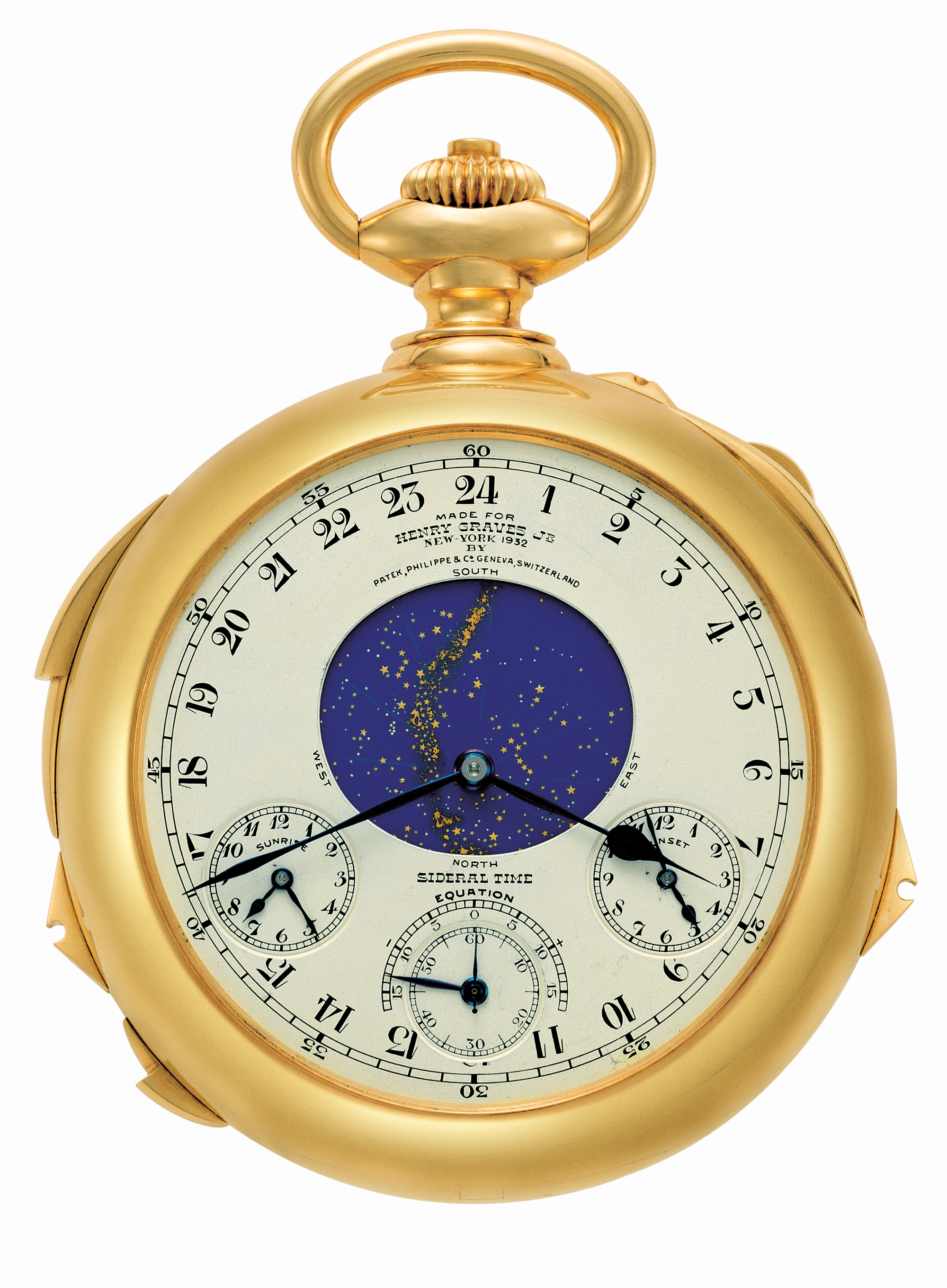
Despite the many iconic timepieces from Patek Philippe released during the time, the Genevan maison has always been in the forefront of innovation when it comes to watchmaking. From the dozens of complications and technical improvements the brand has achieved, one of its noteworthy achievement is the development of the Gyromax balance wheel. This design replaces the adjustment screws placed on the outside of the rim with turnable wieghts or collets. This enables an increase in the diameter of the balance that results in a larger moment of inertia while also offerring less air resistance. When Patek Philippe was granted Swiss patents for the Gyromax balance in 1949 and 1951, it implied the innovative spirit of the Genevan Maison.
1959: The Worldtimer
Patek Philippe was among a few other brands who recognised the genius of Louis Cottier – the father of the worldtimer complication – who was then contracted to build Worldtimer watches in the 1930s. In time, no other brand continued the relationship with Cottier except for Patek. This gave birth to a long line of iconic worldtimer watches that were created in collaboration with Cottier himself. Working closely with Cottier also led to the invention and production of the now celebrated “dual time” wristwatch in 1954. It was the first time that a worldtimer was powered by a single movement which was a huge step in the right direction towards developing a perfect worldtimer timepiece. So Louis Cottier and Patek Philippe joined their hands together and developed the Two Timezone movement in 1957. The prototype was then patented by the brand in 1959. While the user friendliness of the complication is still refined till date, Patek Philippe continues to release new worldtimer watches to the world that traces back its origins to Louis Cottier himself.
1989: Patek Philippe celebrates its 150th anniversary with the launch of the Calibre 89 pocket watch
With the release of the Calibre 89 in 1989, Patek Philippe not only commemorated the 150th anniversary of the Maison but also ousted itself by removing the Henry Graves Supercomplication as the world's most complicated timepiece. While the Graves Supercomplication featured a total of 24 complications, Calibre 89 held a total of 33 complications including some common complications like day of the month to moonphase indicator to rather complex ones like date of Easter, sun hand and a star chart. Available in four versions; white gold, yellow gold, rose gold and platinum, the Calibre 89 weighs 1.1 kg, houses 24 hands and is made of 1,728 components in total.
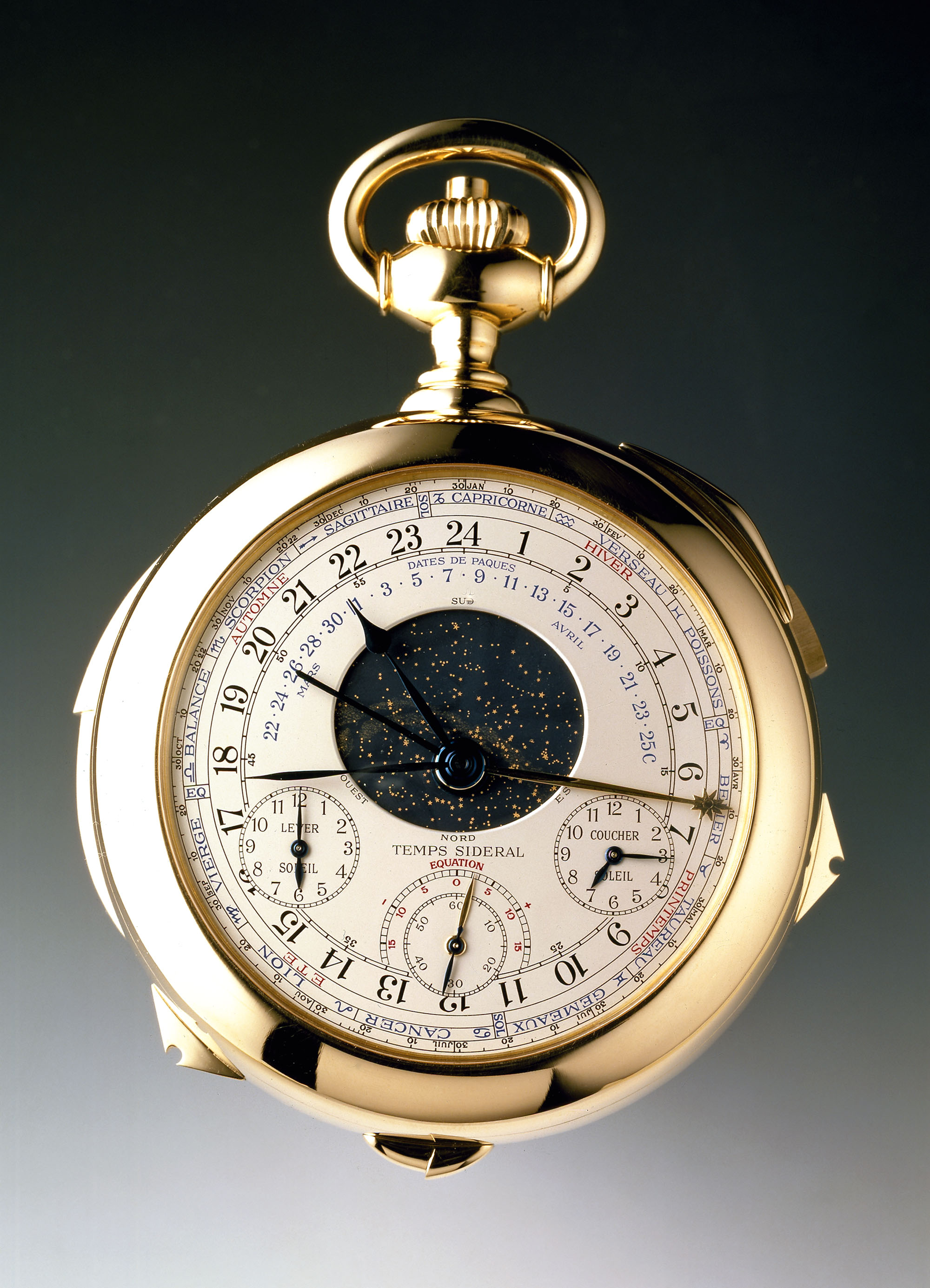
As mentioned in the beginning of the article, it was during 1996 that Patek Philippe launched its successful international campaign with the slogan: ““You never actually own a Patek Philippe. You merely look after it for the next generation.” During the same year, Patek Philippe also released the world's first Annual Calendar watch Ref.5035. It was the first of its kind timepiece that featured a calendar complication that required adjustment just once a year during the month of February. This complexity of display and function immediately made an impression making the Patek Philippe Annual Calendar one of the most renowned and popular watches of our time. However, while the mechanism of the Annual Calendar was patented the same year, the brand could not hold on to its monopoly on the complication. Why? Because the patent was based on very specific structures of the mechanism which left a window open for other brands to find a way around it. Despite the setback and numerous brands creating their own version of an Annual Calendar complication, there is no denying the fact that Patek Philippe was a major player in introducing the world to one of the most popular complications of our time.





